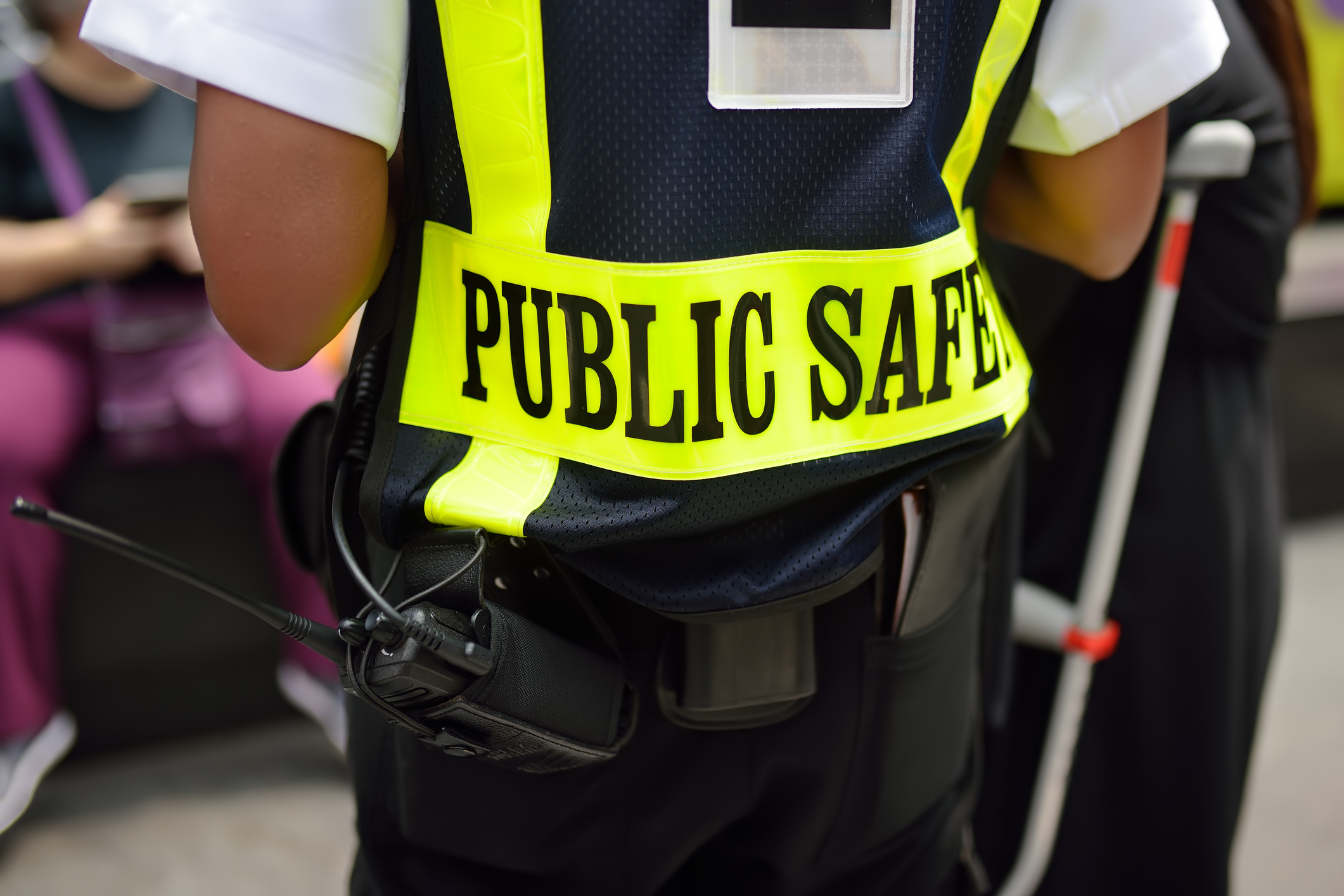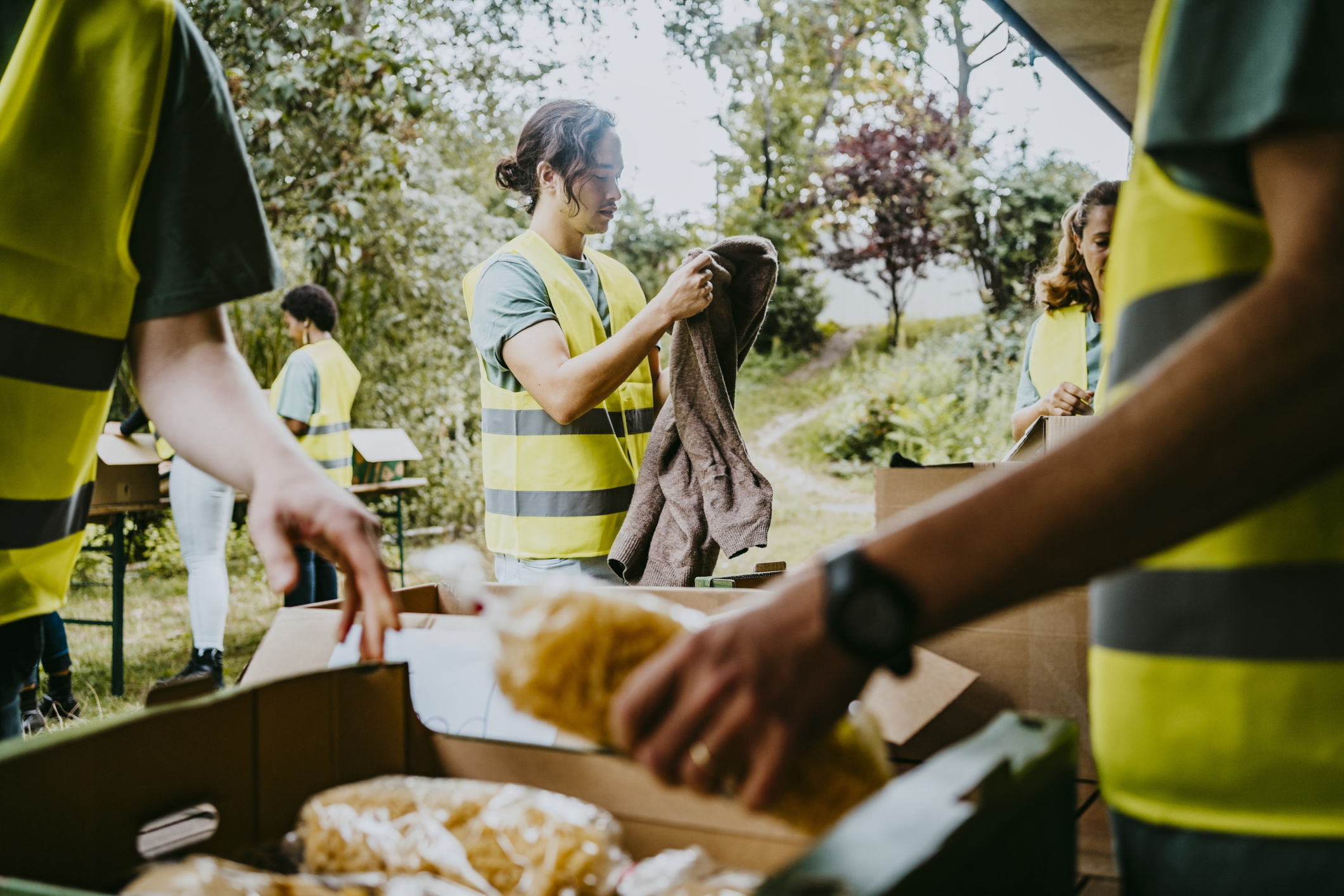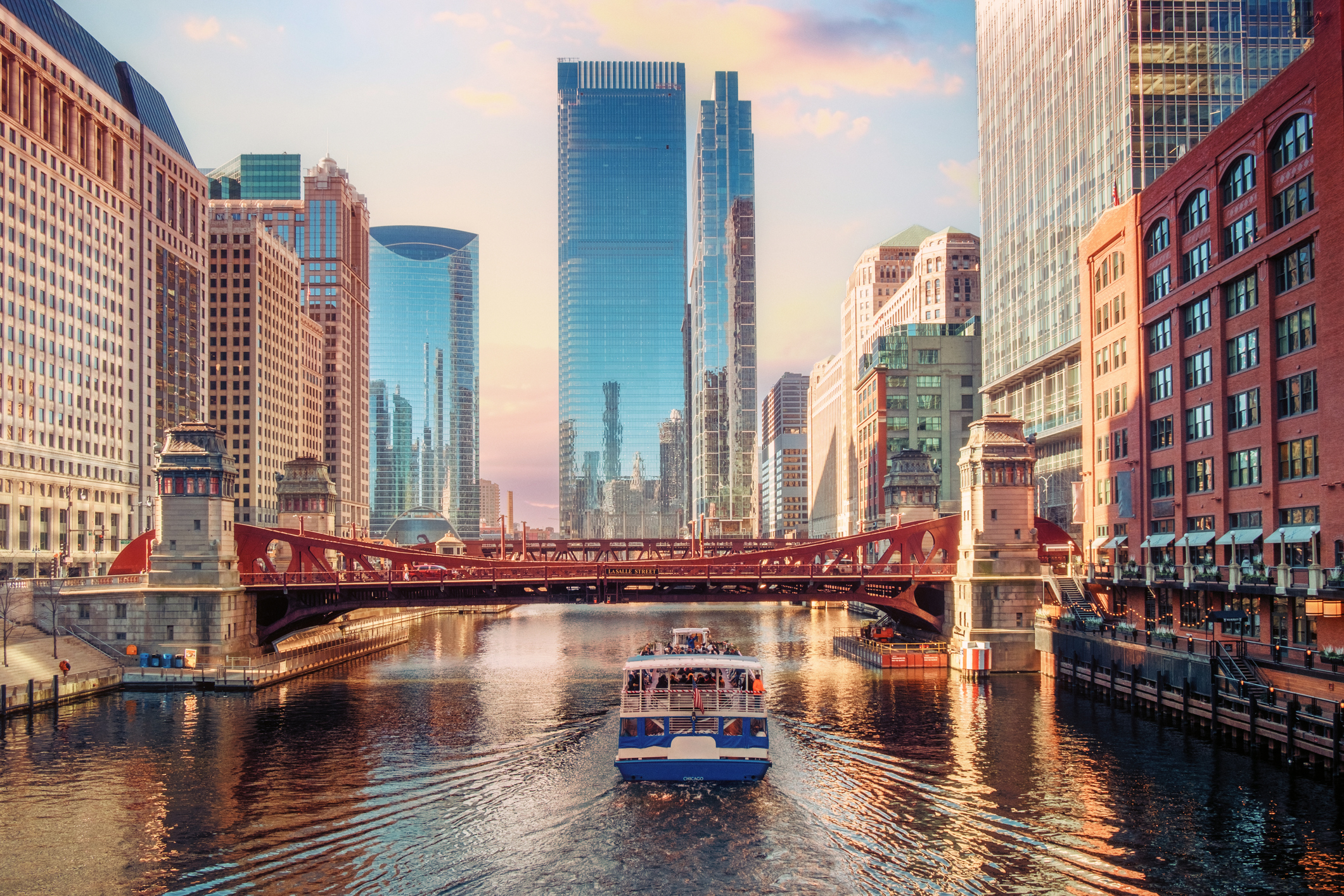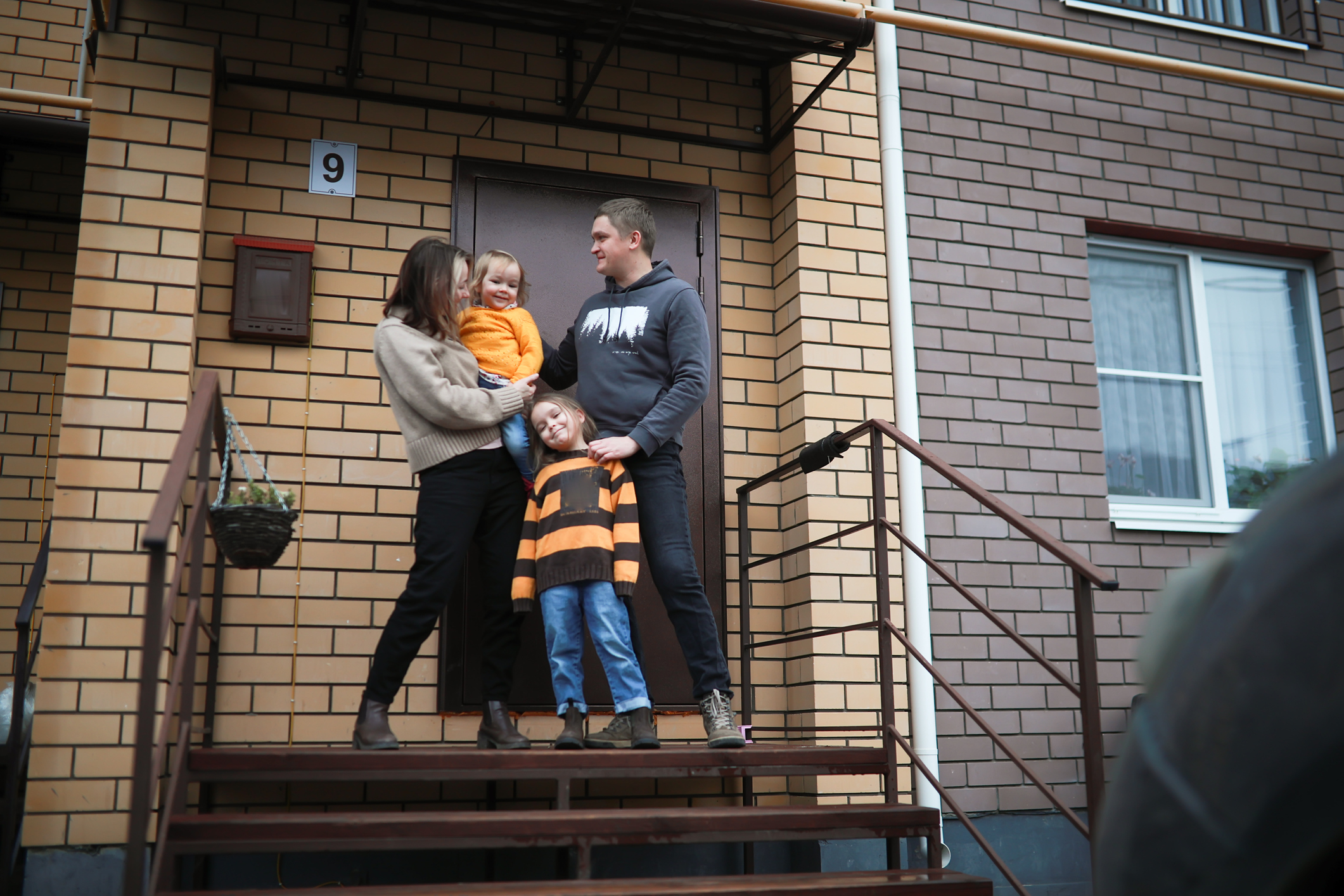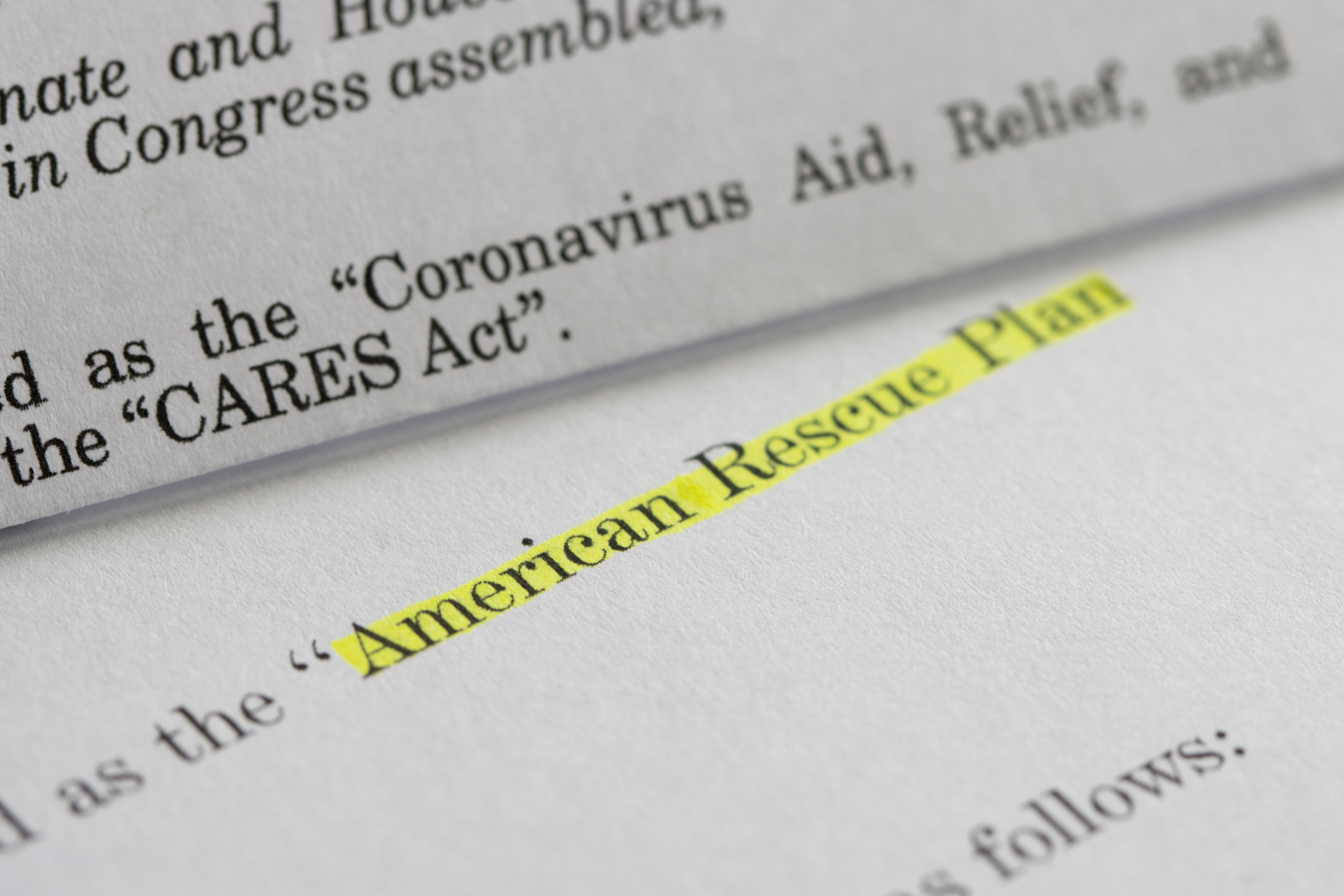Both during and in the recovery from the pandemic, cities, towns and villages across the country recognized the need to invest locally in efforts to advance public safety and justice. The American Rescue Plan Act (ARPA) provides a variety of options for municipalities to invest in their local safety and justice ecosystems through the State and Local Fiscal Recovery Fund (SLFRF) program. Those working on the front lines every day face a unique set of challenges that require specific and strategic investments. Investing in needs like equipment, training, mental health support, pilot programs, data infrastructure and more can make a difference in the ability to keep residents safe and supported.
NLC research has shown that within the Public Safety spending group identified in the Local Government ARPA Investment Tracker, cities and consolidated city counties have obligated:
- 46% of Public Safety funds to Other Public Safety
Examples: Purchasing ambulances and investing in equipment to reduce backlogs for medical examiner offices. etc. - 32% of Public Safety funds to Police Departments
Examples: Purchasing rapid DNA testing equipment to exonerate those that are accused of crimes and funding for micro-grants in communities experiencing high crime. - 14% of Public Safety funds to Violence Reduction and Prevention
Examples: Expanding mobile crisis response, expanding wraparound services for domestic violence survivors and group violence reduction strategy. - 8% of Public Safety funds to Fire Departments
Examples: Hiring and training of fire department staff, purchasing equipment including pumper trucks, aerials, rescue units, and air packs.
This blog highlights spending ideas for how to meet the 2024 obligations deadline; however, be sure to review Treasury’s Final Rule for compliance and reporting guidance.
Spending Opportunities
The spending opportunities in the table below include public health spending examples from municipalities of varying sizes with different categories of spending (low, medium, and high cost) to obligate remaining funds. The Public Safety spending category was developed in partnership with NLC, Brookings Metro, and the National Association of Counties for the Local Government ARPA Investment Tracker. This resource is another means for local leaders to find thousands of project ideas across tiers.
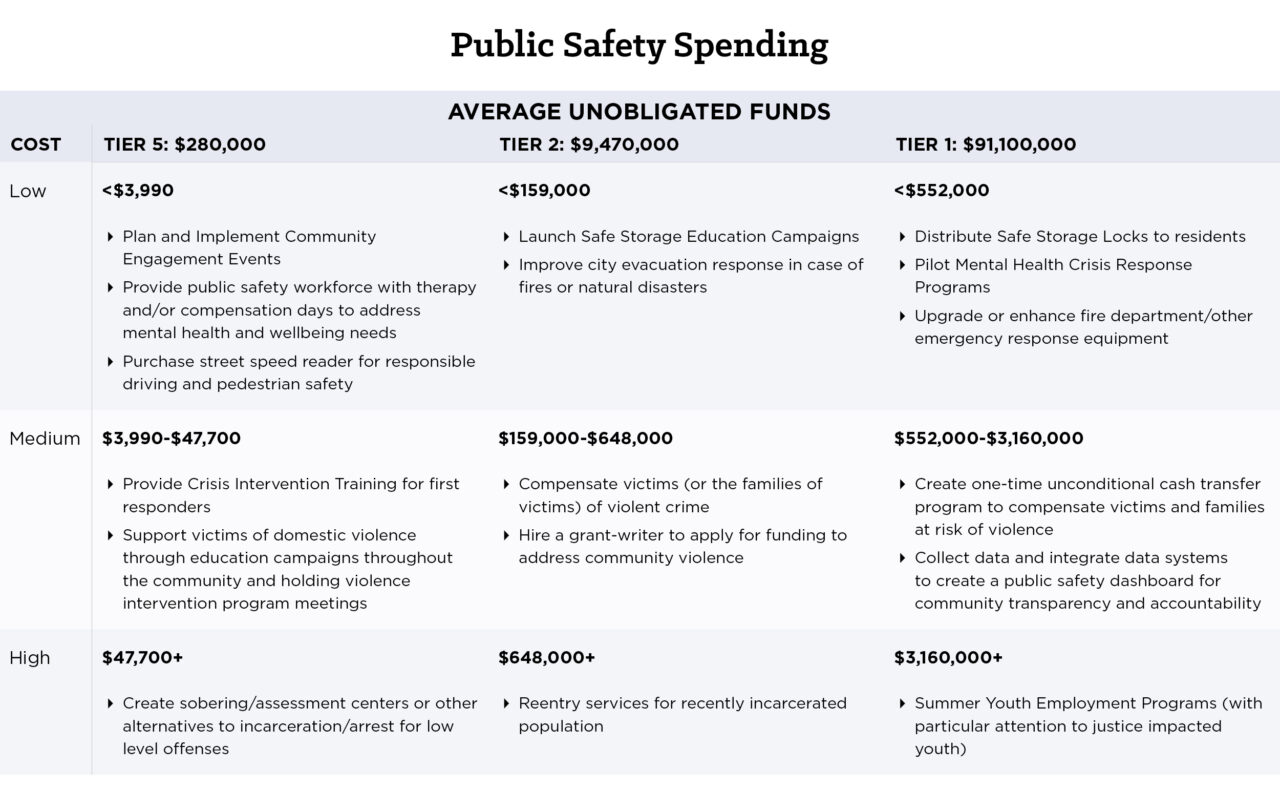
Local Opportunities for Further Investment
Regardless of locality size and available funding, there are multiple ways to advance safety and justice initiatives through ARPA. Opportunities and examples for utilizing unspent funds include:
1. Develop, Implement or Enhance a Comprehensive Safety/Violence Prevention Plan
Over the last year, cities have seen decreases in some crimes through investment in comprehensive and collaborative approaches. Through city structures like offices of neighborhood safety or violence prevention, these approaches allow for interventions like: Hospital-Based Violence Intervention, Group Violence Reduction Strategies, Community/Crisis Response models and more.
- The City of Baltimore utilized ARPA funding to grow the Mayor’s Office of Neighborhood Safety & Engagement (MONSE) and pilot innovative community safety initiatives.
“This is a historic investment for Baltimore as these dollars will support approaches that confront and prevent the violence occurring on the streets today,” said Mayor Brandon M. Scott. “With the launch of our Group Violence Reduction Strategy (GVRS) and the future expansion of our evidence-based community violence intervention (CVI) programming, we remain intentional and steadfast in our commitment to make Baltimore a safer city for all. It is critically important that we build public safety with, not for, our residents.” Baltimore GVRS decreased shootings without increasing arrests in the city’s western district between 2022 and 2023.
2. Engage Community in Conversations and Decision-Making Dialogues
As localities work to improve local safety, it is important to authentically engage with residents about those plans which requires funding for things like food, childcare, transportation and where possible, stipends for participation. Additionally, developing and implementing a community engagement and communications strategy around safety and justice- is critical for city leaders, – particularly when focused on engaging with youth, young adults and those most impacted by violence/crime.
3. Provide Resources for Safe Storage
Either through education campaigns or the provision of safe storage locks, cities can create opportunities for residents to safely store firearms and prevent injury. Recently, the White House announced new executive actions to support similar initiatives.
- SLFRF spending examples include:
- New Orleans, LA – $20,250 for a gun safety campaign aimed at promoting safe storage practices for gun owners.
- Upper Darby, PA – $50,000 to purchase and provide resident gun owners with gun locks for safer use.
4. Invest in Safety/Justice Workforce
Through mental health support, training opportunities, supplies and equipment, incentives and more, municipalities can invest in the traditional and reimagined safety/justice workforce via ARPA investments. For instance, local governments can upgrade or enhance fire and/or emergency response equipment (such as vehicles, communication systems, etc.). Alternatively, using ARPA funds to implement policies/practices that recruit and retain emergency responders and law enforcement could strengthen a municipality’s public safety response. Finally, supporting worker healing and wellbeing will strengthen the capacity of the public safety workforce, especially for violence intervention workers facing trauma or burnout.
- SLFRF spending examples include:
- City of Fresno, CA – $4,608,200 for Police Department personnel retention through labor contract negotiations and additional resources for sworn personnel costs.
5. Create Opportunities for Youth, Young Adults, Victims and Returning Citizens
By investing in those most impacted by crime and violence, cities can create stronger support and opportunities that lead to safer communities. Examples include assessment centers, sobering centers, transitional housing for impacted populations, workforce development programs, victim’s compensation and more.
- SLFRF spending examples of Summer Youth Employment Program investments include:
- City of New York, NY SYEP – $7,998,296 to create a Summer Youth Employment Program for over 4,000 City University of New York (CUNY) students, targeting those living in NYCHA public housing and who were most impacted by COVID-19.
- City of Detroit, MI – $14,250,000 to establish an SYEP providing youth with career-oriented information, training, and experience to improve the employment pipeline and connect young people to permanent, high-paying positions.
- SLFRF spending examples of Victim’s Compensation investments include:
- Chicago, IL – $10,000,000 to provide services and support to victims of violent crime and their families.
6. Enhance or Support Local Safety, Justice Data and Technology
Technological investments can promote local safety. Municipalities can start collecting data and coordinating systems to inform their comprehensive safety plans and create public safety dashboards, like Baltimore’s Public Safety Accountability Dashboard. By tracking key public safety metrics and mapping community violence interventions, municipalities can effectively communicate crime and safety data while setting the stage for greater and sustainable funding for violence prevention efforts.
Investing in Safer Communities Beyond ARPA
ARPA and the SLFRF program provided municipalities the opportunity to invest in and support local safety and justice efforts. While these investments are critical, it is important that local leaders keep sustainability and longevity at the forefront. To sustain and grow the efforts that show promise via SLFRF investments, localities should consider where there are opportunities within their budget, through philanthropic investments and via federal grants.
Potential opportunities for additional federal support include:
Glossary
American Rescue Plan Act (ARPA) is the $1.9 trillion economic stimulus and pandemic recovery legislation signed into law by President Joe Biden on March 11, 2021. This blog and its series focus on the Coronavirus State and Local Fiscal Recovery Funds (SLFRF) program; therefore, authors may use “ARPA” and “SLFRF” interchangeably.
Coronavirus State and Local Fiscal Recovery Funds (SLFRF) is the $350 billion program authorized by ARPA that provides economic stimulus and pandemic recovery funding to U.S. states, territories, cities, counties, and tribal governments.
Allocations are the total funds distributed to state and local governments through SLFRF.
Adopted Budget are dollars distributed to local governments through SLFRF that have been budgeted or committed to specific initiatives or programs.
Spent means the grantee has issued checks, disbursed cash, or made electronic transfers to liquidate (or settle) an obligation.
Obligations are dollars distributed to state and local governments through SLFRF that have been legally dedicated to specific uses, frequently (but not exclusively) through contractual agreements. The Treasury’s recent guidance defines obligations as “orders placed for property and services and entry into contracts, subawards, and similar transactions that require payment.” The Final Rule requires recipient local governments to obligate 100 percent of their SLFRF allocations by December 2024.
Tier 1 local governments are metropolitan cities and counties with populations greater than 250,000. These jurisdictions include states, U.S. territories, and counties but NLC’s focus for this series is on cities. These governments are required to report quarterly, and the last reporting date captured in our data is from September 30, 2023.
Tier 2 local governments are metropolitan cities with a population below 250,000 residents that are allocated more than $10 million in SLFRF funding, and NEUs that are allocated more than $10 million in SLFRF funding. These jurisdictions include counties but NLC’s focus for this series is on cities. These governments are required to report quarterly, and the last reporting date captured in our data is from September 30, 2023.
Tier 5 local governments are metropolitan cities with a population below 250,000 residents that are allocated less than $10 million in SLFRF funding, and NEUs that are allocated less than $10 million in SLFRF funding. These jurisdictions include counties but NLC’s focus for this series is on cities. These governments are required to report yearly, and the last reporting date captured in our data is from April 31, 2023. Non-entitlement units (NEUs) are local governments that typically serve 50,000 residents or less. Of the $65.1 billion allocated to municipal governments across the country, SLFRF allocated $19.5 billion, or 30 percent, to NEUs. Comparatively, SLFRF allocated $45.6 billion, or 70 percent, to metropolitan cities. Depending on if an NEU is a Tier 2 or Tier 5 recipient, they may have different reporting requirements.
The authors would also like to acknowledge Maryam Ahmed and Tony McCright for their support in writing this blog. Thank you to Christy Baker-Smith, Julia Bauer, Irma Esparza Diggs, Josh Franzel, Patrick Rochford, Archana Sridhar, and Melissa Williams for their review of this blog.
